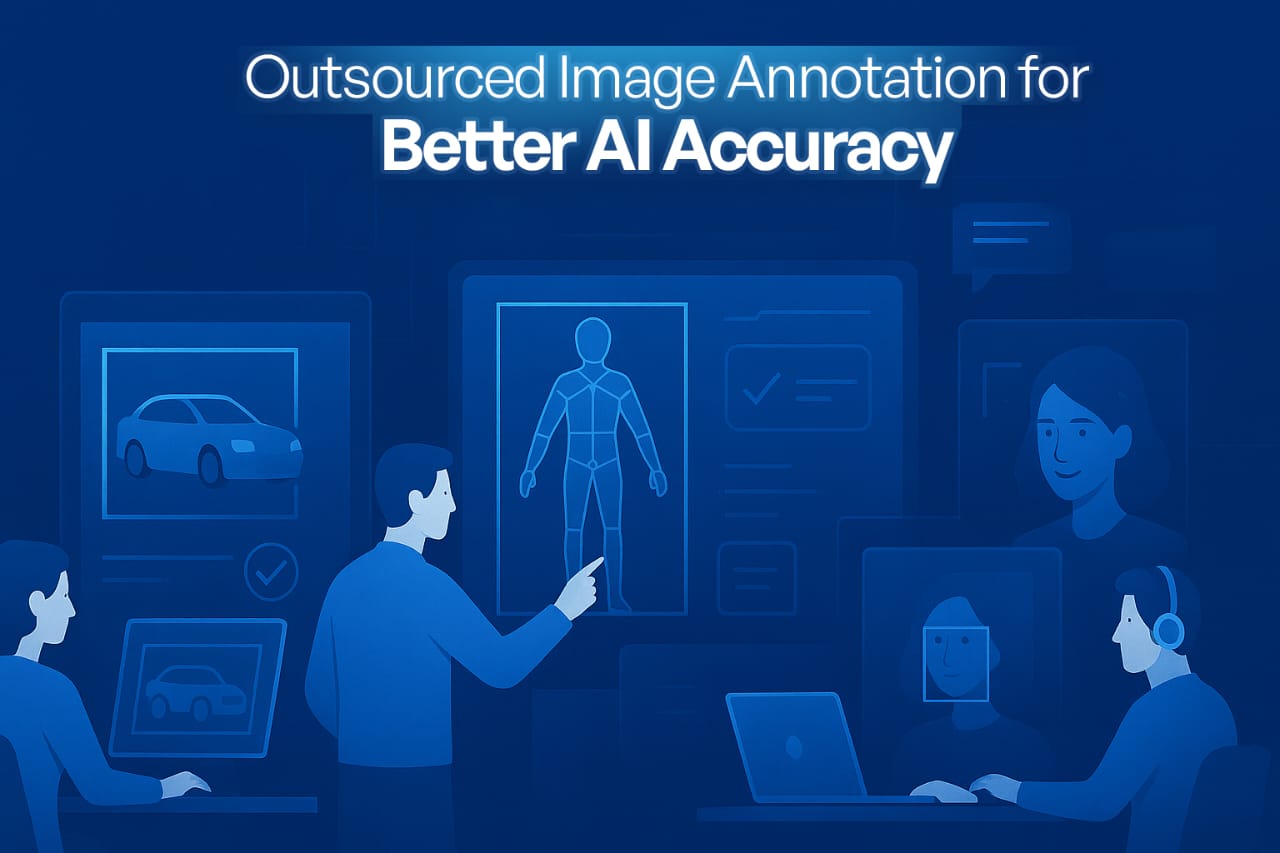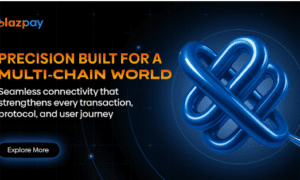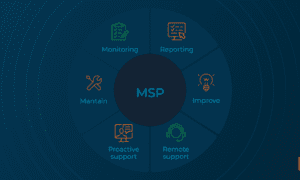The quality of the training data impacts the performance of any computer vision system in the real-world applications. Reliable object detection depends on accurate labels that help algorithms recognize visual patterns and generate meaningful predictions. However, maintaining annotation accuracy, consistency, and speed is one of the biggest challenges AI teams face as datasets continue to grow. This is one of the primary reason’s organizations choose to outsource image annotation, as it’s a way to improve the quality of annotations without overburdening limited organizational resources.
What is Image Annotation Outsourcing?
Image annotation outsourcing is refers to delegating the labeling of images to an external specialist rather than handling it internally. These service providers have trained annotators, domain experts, and enterprise-size tools to ensure your labelled data meets stringent accuracy and consistency. By using these services, you relieve the operational burden of running a large annotation team while continuing to produce high-quality training datasets for your computer vision models.
Expertise That Ensures More Reliable Labels
Annotation is a highly specialized task that requires a keen understanding of visual cues, domain knowledge and an understanding of how models will interpret the data subsequently trained on. A professional image annotation company employs trained teams that work daily with diverse and complex datasets, from medical scans to aerial imagery. This focused expertise minimizes mistakes that often occur when in-house teams divide their attention between model development and annotation.
Trained annotation experts also avoid any possible confusion over images labeled for the purpose of a specific model, in that each object is accurately and consistently labeled – accuracy and consistency are incredibly important, especially in a competitive landscape where AI models deliver high-quality outcomes.
Standardized QA Processes That Reduce Human Errors
Even skilled annotators produce inconsistent labels without a robust quality control framework. Reputable outsourcing partners utilize multi-layer review cycles, annotation audits and inter-annotator agreement checks to confirm consistency across thousands of images.
By leveraging specialized expertise and standardized QA processes, image annotation services help AI teams achieve higher label accuracy, greater consistency, and faster dataset preparation, ultimately accelerating model development while maintaining superior performance.
Advanced Tools That Speed Up Annotation Without Losing Precision
Manual drawing tools are no longer enough for modern annotation projects. To handle big datasets fast and precisely, a professional provider combines pre-labeling, automated workflows, and intelligent annotation features. These advanced tools significantly reduce the amount of time needed for each image while increasing precision.
When organizations rely only on internal tools, accuracy often drops when workloads spike. By choosing image annotation outsourcing, teams gain access to enterprise-grade platforms without the need to invest in additional software, infrastructure, or training.
Scalability for Growing AI Pipelines
As computer vision applications scale, the demand for high-quality, well-labeled data grows substantially. Many internal teams struggle to ramp up quickly, resulting in delays during model review cycles and training phases.
An established image annotation company can ramp resources up instantly, whether it’s 10 annotators or 100 annotators needed in a project. This type of flexibility is an important element for getting the best quality labels in the shortest time. And when processing volume batches of labeling, there is an even faster turnaround time and consistency simply because workflows are designed to be enterprise-level output.
This becomes even more important when teams launch additional use cases, such as autonomous navigation or visual inspection systems, that flood the evaluation process with training images.
Better Use of Internal AI Talent
In-house AI engineers and researchers deliver the most value when they focus on modeling, experimentation, and problem-solving – not manual labeling tasks. Image annotation outsourcing eliminates this workload, ensuring teams stay focused on core development.
With bulk annotation handled externally, internal teams can dedicate more time to innovation and model refinement, resulting in quicker development cycles and a more balanced distribution of work.
Secure and Compliant Data Handling
Many or most companies are hesitant to send out for the work they need done because of the sensitivity of their data. However, trustworthy companies have a variety of compliance and security measures including:
- Encrypted file transfer
- Controlled access environments
- NDA-backed workflows
- Compliance with global standards
This ensures that image labeling tasks involving sensitive data such as healthcare images or identity datasets are handled safely and professionally.
Conclusion
Creating high-quality annotations at scale is frequently a challenge for internal AI teams. Outsourcing image annotation to a specialized service provider offers a practical and efficient solution by giving access to skilled annotators, structured QA frameworks, advanced annotation tools, and secure workflows. When combined, these features increase labeling accuracy and guarantee that annotation rules are applied consistently.
Partnering with a reputable image annotation service can help businesses developing computer vision products cut down on operating expenses, expedite development timelines, and provide training datasets with accurate ground truth. When your AI models are trained on precise, high-quality data provided by the right service provider, they achieve better real-world performance with fewer model failures.































